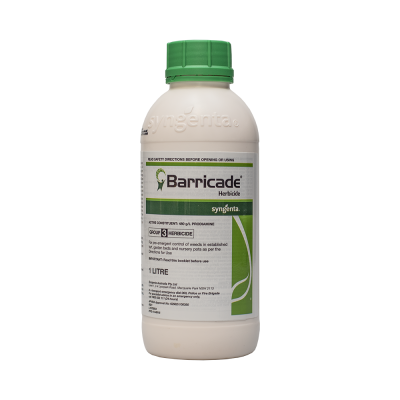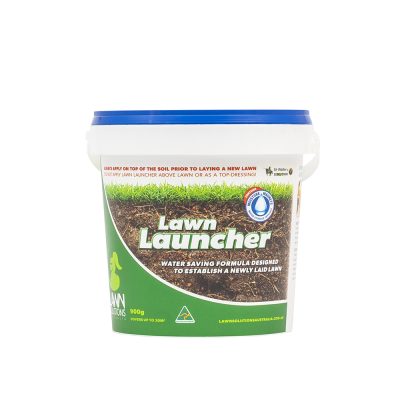Feel like your grass grows quickly, but never really looks that great because it’s too sparse?
You might notice your neighbour’s lawn always looks thick and lush, but yours, even though it’s the same variety, just doesn’t quite look the same.
There are many factors that could be contributing to your lawn’s poor performance. The main culprits are shade, compaction or a pest related issue. Look as these potential issues first to rule these out as the problem. If you don’t, the underlying problem will continue to cause you headaches and you will never get the result you are looking for.
If you have ruled out shade, compaction and pests, it could simply boil down to a difference in mowing techniques. A few tweaks to the way you mow your lawn and the frequency can make all the difference.
How do I make my grass grow thicker?
Let’s start with mowing:
Regular mowing – Regular mowing promotes lateral growth. If you don’t let your lawn get too long, more sun can penetrate to encourage growth.
Mowing in different directions – If you mow in the same direction all the time, the grass tends to stay pointed in that direction. Going over your lawn in different directions will help the grass to grow straight up, leaving more room for blades to grow next to it.
Mowing short – If you mow short (not too short), your grass will learn to grow thicker with more lateral growth. If you leave it too long, once again sun can’t penetrate as easily, and you end up with a patchy lawn, particularly when you end up cutting off more than a third of the leaf to bring the level back down.
In addition to mowing, it is important not to forget the overall health of your grass. The healthier your lawn is, the more likely it is to grow thicker and spread.
Key principles that are important to lawn health:
Fertilise – Most lawn fertilisers contain a balance of nutrients ideal for grass health. One of these nutrients is potassium. Potassium functions within the cell of the grass and provides strength to the whole plant. It helps with the internal processes, including photosynthesis, respiration and protein production creating thicker cell walls.
Water – When your lawn runs out of water and ability to draw moisture from the soil, it reaches its permanent wilting point (PWP). This is where your lawn will start to suffer, and wilt and growth will slow to an almost complete stop.
Dethatching – Excessive thatch in the turf profile makes it difficult for your lawn to take in nutrients, creates moisture loss and causes a barrier that makes it difficult for the living matter to thicken and spread.
Eliminating all weeds and invading turf species – It goes without saying really, but if there’s space in your lawn for more grass to grow, it’s likely there is space for weeds to appear as well. Hand weed what you can, spray with herbicides when required and allow your grass to spread into these areas instead.
Limit wear and unnecessary stress – Less stress will also ensure grass is in top health which will also improve density.
Plant Growth Regulators (PGR’s) – You might have heard of a treatment that will reduce the frequency you need to mow your lawn. These chemicals were designed primarily to slow vertical plant growth to reduce clippings and mowing requirements in commercial situations like on sports fields or golf courses. Energy is then redirected to the roots and towards lateral growth. The end result is a grass that is more tightly knit, thicker, and more capable of handling stress.



